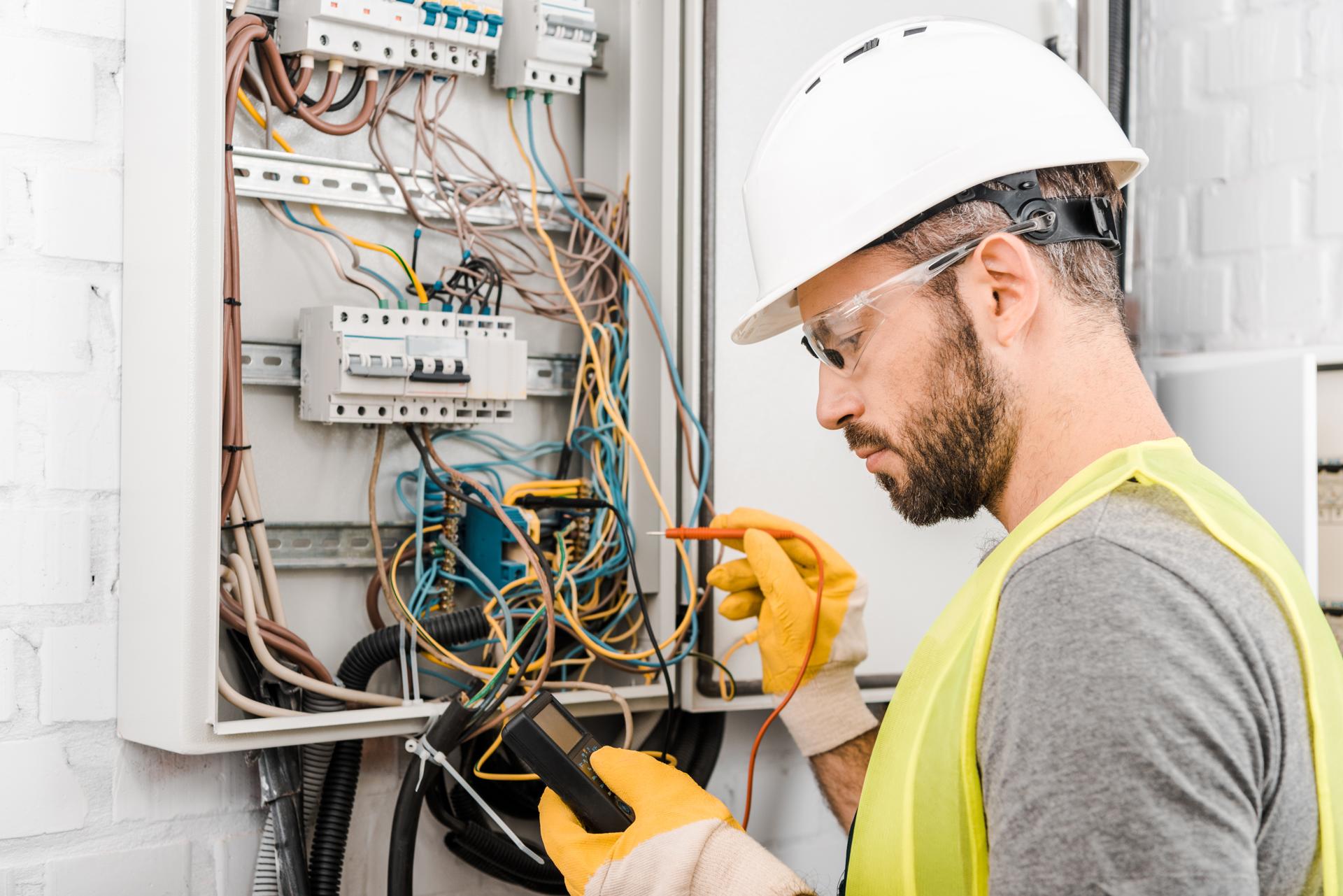What You Need to Know About Electrical Wiring in Your Home: An Overview

Electricity is an essential component of our daily lives, powering everything from the lights in our homes to the devices we use every day. However, electric systems may be complex knowing how they function can be difficult. In this guide, we’ll break down the components in an electrical circuit and describe how circuits function to power devices and appliances. Our residential electricians can handle any electrical jobs you need.
Components of an Electrical System
An electrical system has several essential components that work to provide power throughout the home. They include:
Breaker box: the main distribution point for electrical energy in a house that is where electricity is split into various circuits
Switches and outlets: the points at which electricity is supplied to appliances and devices
Wiring: the wires that transport power from the breaker box, to the outlets and switches
Electrical appliances and devices: the appliances and gadgets that rely on electricity to function
Electrical Circuits
An electrical circuit is a path that lets electricity flow from the source (the the breaker box) to the devices and appliances in a home. There are two kinds of electrical circuits in a home which are 120-volt circuits and circuits that are 240-volts. 120-volt circuits are used to power most household appliances and appliances, while the 240-volt circuits are utilized for larger appliances such as dryers, air conditioners and electric ones.
Electrical circuits work by completing the loop which allows electricity to flow from the source to the device or appliance. The loop is made up of a hot wire which carries the electricity and a neutral wire which completes the circuit and the ground wire which provides the pathway for the electricity to get to the ground in case there is a problem.
Understanding the electrical Wiring
Electrical wiring comes in several different types, including non-metallic sheathed cable (NM) as well as armored cables (AC), and conduit. Each kind has its own advantages and disadvantages and the selection of the type of wiring is based on the specific needs of the installation.
The electricity travels through wires through the creation of electrons that travel through the wire. Electrons move through the wire from source, to appliance or device returning to the source via the neutral wire. It’s essential to ensure that the wiring is installed and maintained in a correct manner, as faulty wiring can lead to electrical hazards like shocks and fires.
Common Electrical Problems
Common electrical issues that homeowners face include tripping the light bulbs, flickering breakers and disconnected outlets. The causes of these issues could be by a myriad of causes that include overloading circuits, loose connections, and faulty wiring.
If you’re experiencing any of these issues, it’s essential to identify the root cause and take steps to correct the issue. In some cases it may be necessary to contact a licensed electrician to inspect and repair the wiring.
Conclusion and Call to Action
In conclusion, understanding how electrical wiring works is vital to ensure the safety and reliability of the electrical system in your home. If you follow the rules laid out in this article, you can stay safe and prevent potential hazards.
If you have any concerns or questions about your home’s electrical system do not hesitate to call East Auckland Electricians. Our electricians are licensed and has the experience and knowledge to meet your electrical needs. Contact us by phone at 0800 570 082 to schedule a consultation.
FAQ
What are the symptoms of faulty electrical wiring?
Signs of faulty electrical wiring could include tripping breakers flickering lights, or dead outlets, to name a few.
What is the best time to schedule my home’s electrical system inspected?
It’s recommended that you get your home’s electrical system checked by an accredited electrician each 10 years.
What is the life expectancy of wiring that is electrical?
The life span of electrical wiring is based on a variety of factors, including what kind of wire, the location it’s located in, as well as the quality of the installation. In general, electrical wiring can last up to 30-years or longer, with correct installation and care.
Do I have the ability to fix electrical issues myself , or do I need to engage an electrician?
While some electrical issues are fixable by homeowners, it is advised that you employ an experienced electrician for the majority of electrical repairs. Attempting to fix electrical problems with no proper training or experience can be dangerous and can result in injury or damage to your home.
What do I do if have an electrical issue at home?
If you encounter an electrical emergency, the first step is to cut off power to the affected area by shutting off the breaker or fuse. Contact a licensed electrician to examine and fix the problem as quickly as you can.
By following these rules by following these guidelines, you can ensure the safety and reliability of your home’s electrical system , and avoid possible dangers. Keep in mind that when it comes to electrical repairs as well as installations, it’s always best to leave it to the experts. Contact East Auckland Electricians at 0800 570 082 for all your electrical concerns.
